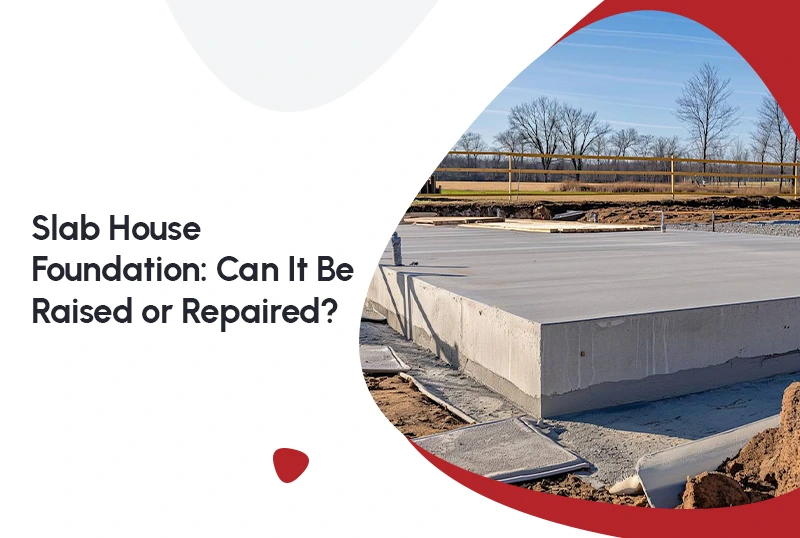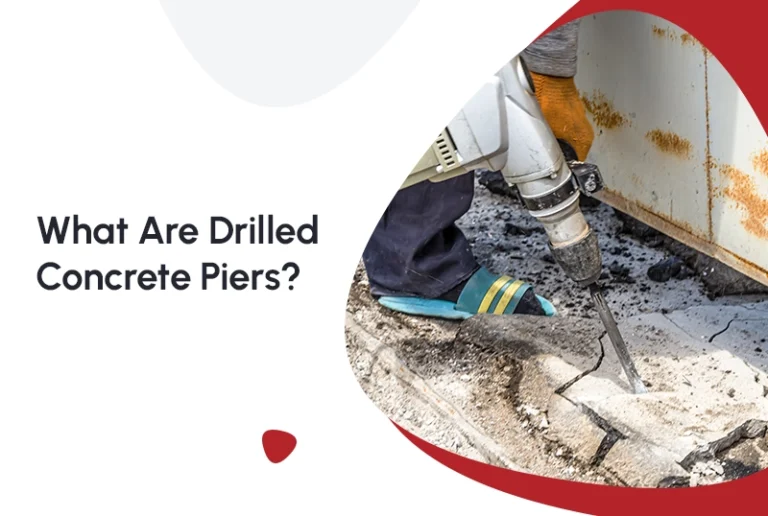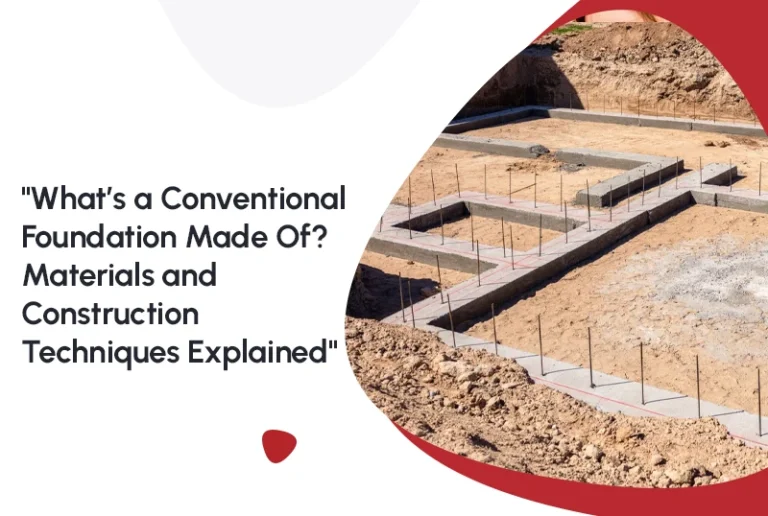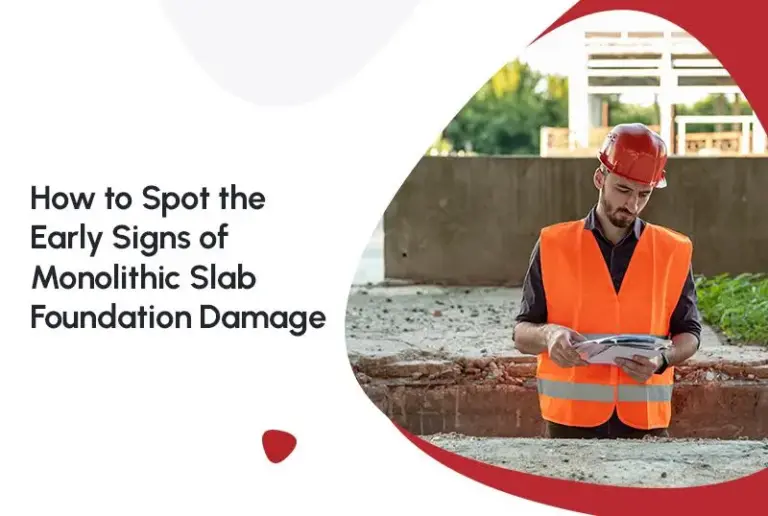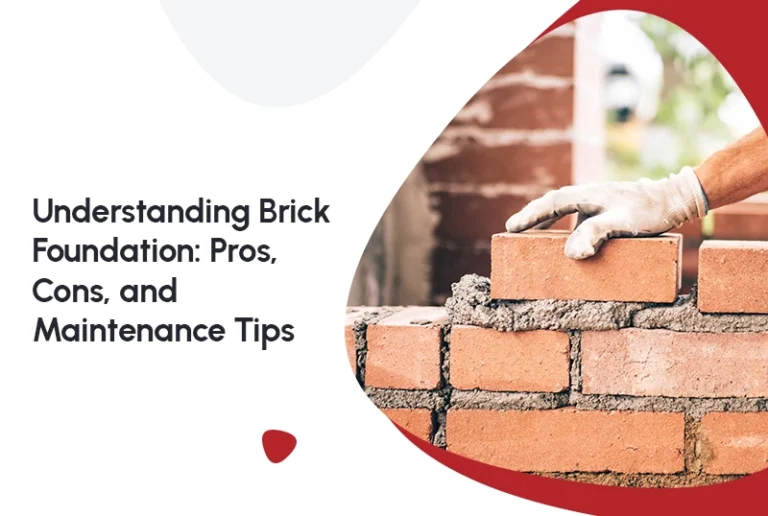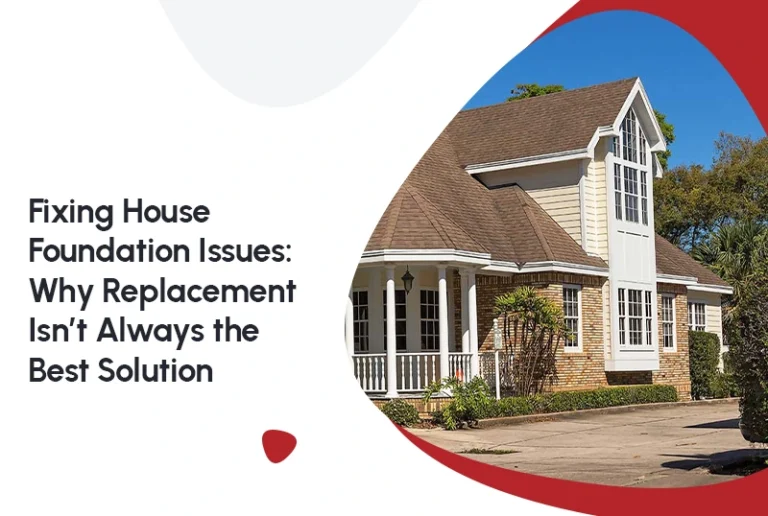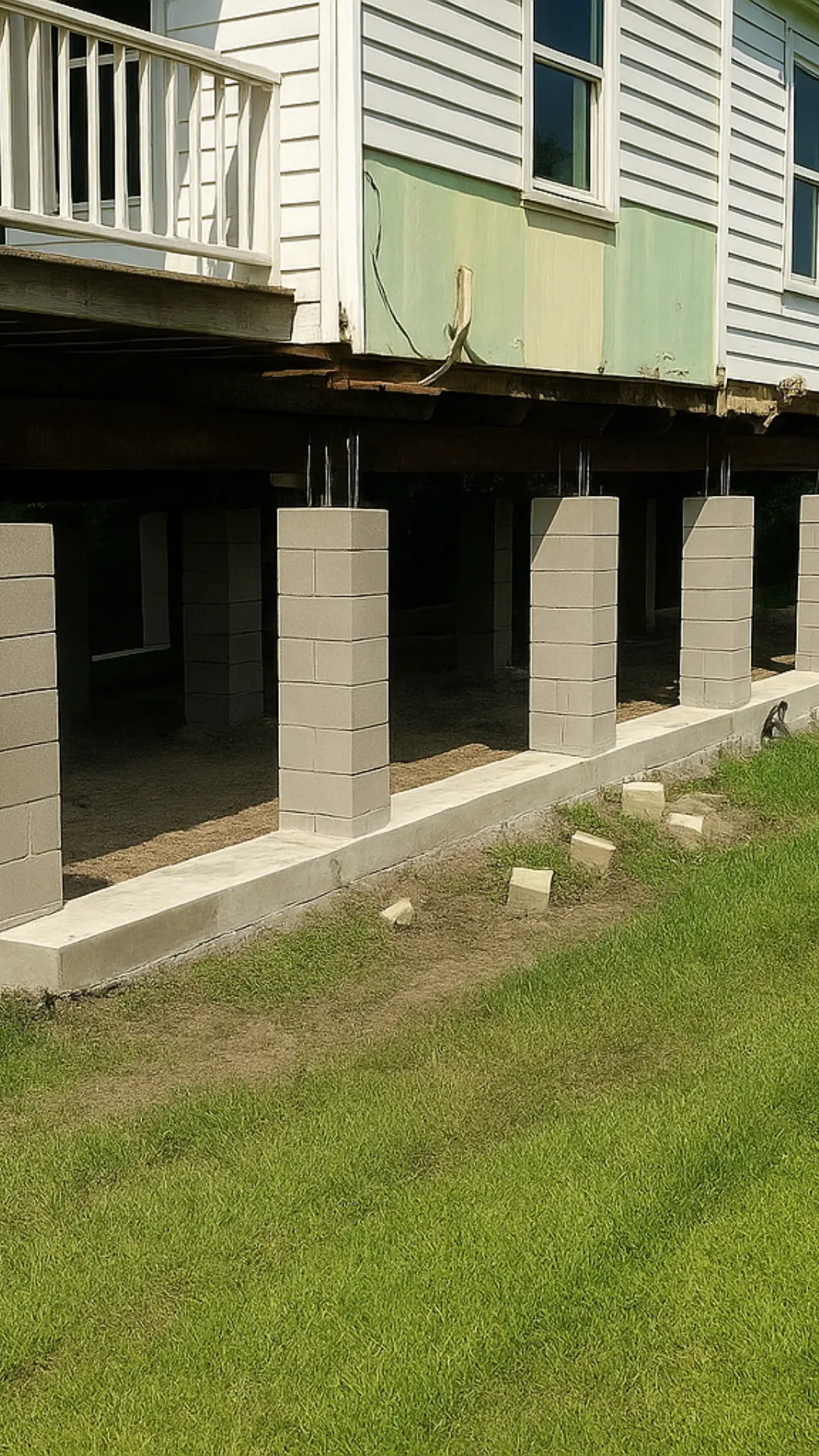A slab house built directly on a concrete slab offers a strong, low-maintenance foundation for many homes, particularly in warmer climates. However, even the most solid foundations aren’t immune to structural issues. Over time, soil movement, poor drainage, or natural settling can compromise the integrity of a slab. Homeowners often ask, “Can a slab house foundation be raised or repaired?” The answer is yes with modern techniques like concrete jacking, also known as slab jacking or mud jacking.
Understanding the Basics of a Slab House Foundation
A slab house is constructed without a basement or crawlspace. The concrete slab serves as both the foundation and the ground floor of the home. This type of foundation is favored in regions where the ground doesn’t freeze, reducing the risk of frost heave. However, when a slab foundation becomes uneven or cracked, it can lead to cosmetic and structural issues.
At the first sign of foundation trouble cracks in the walls, doors that don’t close properly, or sloping floors it’s crucial to consider professional Foundation Repair to prevent more costly damage.
What Causes Slab Foundation Problems?
Several factors can contribute to problems in a slab house foundation:
- Soil expansion and contraction: Clay-heavy soil expands when wet and shrinks when dry, creating movement under the slab.
- Poor drainage: Water pooling near the foundation can erode or shift the soil base.
- Improper grading: Water runoff that directs toward the house instead of away can cause foundational damage.
- Tree roots: Large trees near the house can draw moisture from the soil, leading to uneven settling.
Early diagnosis is key to minimizing repair costs and structural complications.
Want more information? Read here: Fixing House Foundation Issues: Why Replacement Isn’t Always the Best Solution
Can a Slab House Be Raised?
Yes, a slab house foundation can be raised through methods such as concrete jacking. This non-invasive technique involves drilling small holes into the slab and pumping a cement-based mixture beneath it. The mixture lifts the slab back to its original position, stabilizing it and filling any voids caused by soil erosion or compaction.
Unlike traditional excavation-based methods, concrete jacking is often faster, less disruptive, and more cost-effective. It’s ideal for correcting minor to moderate slab settlement issues without the need to tear up flooring or disrupt the home’s interior.
Mid-Section: Benefits of Concrete Slab Foundation Repair
When it comes to Concrete Slab Foundation Repair, concrete jacking stands out for several reasons:
- Cost-effective: Compared to replacing the entire slab, slabjacking costs a fraction of the price.
- Quick turnaround: Most jobs are completed in a single day.
- Minimal disruption: There’s no need to move out or undergo major renovations.
- Environmentally friendly: Uses existing materials and reduces construction waste.
The longevity of the repair depends on the underlying soil conditions, but when done properly, it can last for decades.
Additionally, slabjacking doesn’t add significant weight to the slab, avoiding further settlement. For homes with moderate foundation issues, it provides an excellent balance between price and performance.
When Is Tunneling Necessary?
In some cases, repairs require access beneath the slab. This is where Tunneling becomes an essential solution. Tunnels are dug under the foundation to allow technicians to reach plumbing lines or install support piers without breaking through the home’s interior flooring. This method protects interior finishes while offering comprehensive access to problem areas.
While this method may add to the overall cost of repair, it is often worth the investment to avoid damaging floors, cabinets, or walls especially in finished homes.
Can Slab House Foundation Issues Be Prevented?
Although not all slab house foundation problems can be prevented, homeowners can reduce their risk by:
- Installing proper drainage systems to redirect water away from the home.
- Maintaining consistent moisture levels around the perimeter of the house.
- Avoiding planting large trees too close to the structure.
- Scheduling regular inspections, especially if living in areas prone to soil movement.
Routine maintenance can help detect early signs of foundation distress, allowing timely intervention.
Final Thoughts
Fixing house foundation problems in a slab house doesn’t always mean major renovations. Thanks to modern solutions like concrete jacking, many issues can be corrected quickly and affordably. The key lies in early detection and choosing the right method based on the severity and location of the problem. Homeowners have reliable options to restore the integrity of their home’s foundation.
If you’re seeing signs of damage or uneven floors, don’t wait. Contact a licensed specialist to assess your property and recommend the best course of action.
FAQS (Frequently Asked Questions)
1. What is the average cost of concrete jacking?
Concrete jacking typically costs between $3 to $6 per square foot, depending on the severity of the issue and the region.
2. How long does slabjacking last?
With proper soil conditions and installation, slabjacking can last 8 to 20 years or more.
3. Can all slab house foundations be repaired with concrete jacking?
Not always. If the slab is severely cracked or the soil beneath is unstable, other solutions like pier installation may be necessary.
4. Is concrete jacking safe for plumbing and electrical systems?
Yes. Professionals take care to avoid existing utilities, but any concerns should be addressed before work begins.
5. How do I know if my slab house needs foundation repair?
Common signs include interior cracks, uneven flooring, sticking doors/windows, and gaps around windows or baseboards.
